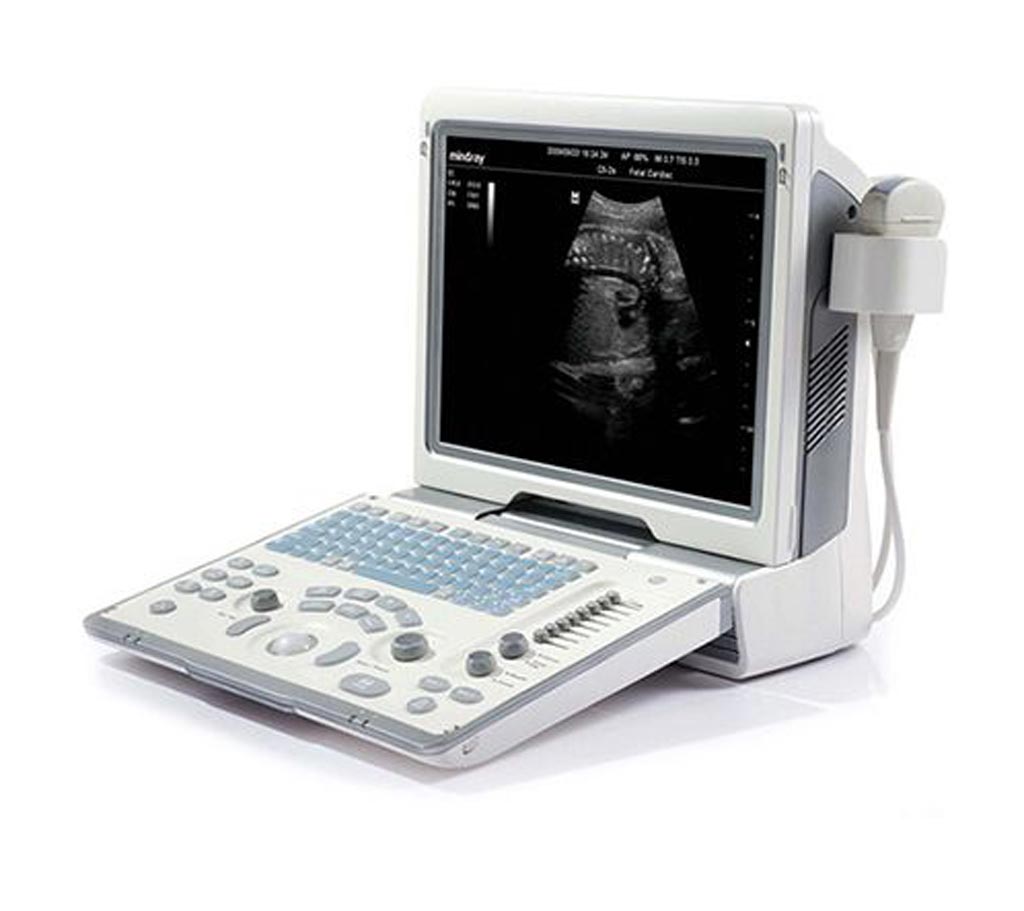Lung Ultrasound Used to Manage Critically Ill COVID-19 Patients Leads to Huge Time Savings as Compared to Chest CT
By MedImaging International staff writers
Posted on 22 Jun 2021
The use of lung ultrasound allows medical personnel to monitor the progress of COVID-19 patients with considerable time savings as compared to traditional radiology, according to new research.Posted on 22 Jun 2021
In their study, researchers from the University of Udine (Udine, Italy) calculated the time necessary to perform lung ultrasound in critically ill COVID-19 patients. Lung ultrasound is a well-established diagnostic tool in acute respiratory failure, and it is particularly suited for identification, grading, and follow-up of lung involvement severity. In critically ill COVID-19 patients, lung ultrasound is an alternative to chest radiography, chest CT or electric impedance tomography to quantify pulmonary impairment, follow lung involvement changes, or predict an intensive care unit (ICU) stay of more than 30 days or death.

Image: Mindray DP-50 Portable USG System (Photo courtesy of Mindray)
Since medical personnel involved in the treatment of COVID-19 patients wear special protective equipment, it increases the workload dramatically through temperature imbalance, touch impairment, communication problems, and visual difficulties. In this specific work scenario, lung ultrasound may be seen as an extra task that can be a loss of time. Researchers conducted a study to see if the use of lung ultrasound would allow them to monitor the progress of COVID-19 patients with considerable time savings as compared to traditional radiology. Using a Philips Affiniti 70 G ultrasound machine with a convex probe, the team calculated the lung ultrasound in 25 patients admitted to the COVID-19 ICU and the time needed to perform the exam. For scanning 25 different patients, the median time was 4.2 minutes (IQR 3.6-4.5).
To quantify the saved time, the researchers measured the time necessary to prepare, transport, perform and return from a chest CT scan with all the protective equipment. The team calculated a median time required for 25 chest CT scans of 85 minutes (IQR 78.5- 97.5). The time saved for each patient using lung ultrasound would have been about 80.8 minutes. Therefore, the researchers concluded that using lung ultrasound instead of CT to monitor critically ill patients with COVID-19, can free medical personnel to perform other duties.
Additionally, the researchers noted that while repeat CT scans may be impractical and unsafe for patients and operators, lung ultrasound may be the default imaging modality for monitoring patients' conditions throughout their hospital stay and after discharge. However, they cautioned that the use of lung ultrasound does not replace the CT scan, which is necessary to exclude pulmonary or cardiovascular complications in case of the clinical worsening of the patient. Ultimately, the researchers performed a daily topographic ultrasound evaluation of the lung without moving the patient, thereby reducing the number of chest X-rays and CT scans and saving considerable time.
Related Links:
University of Udine














